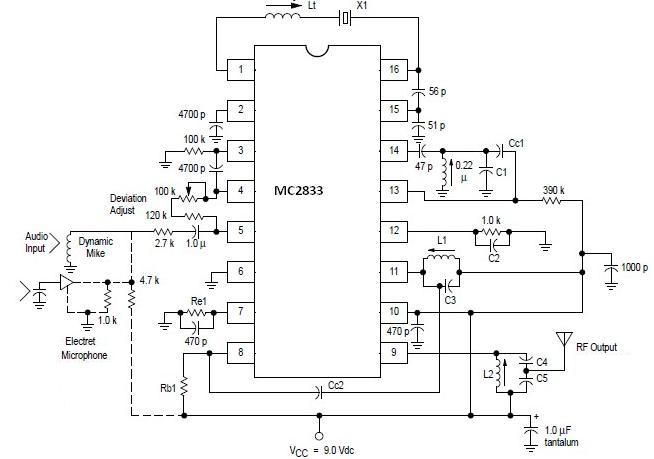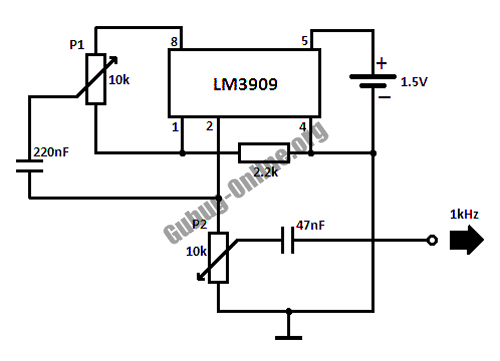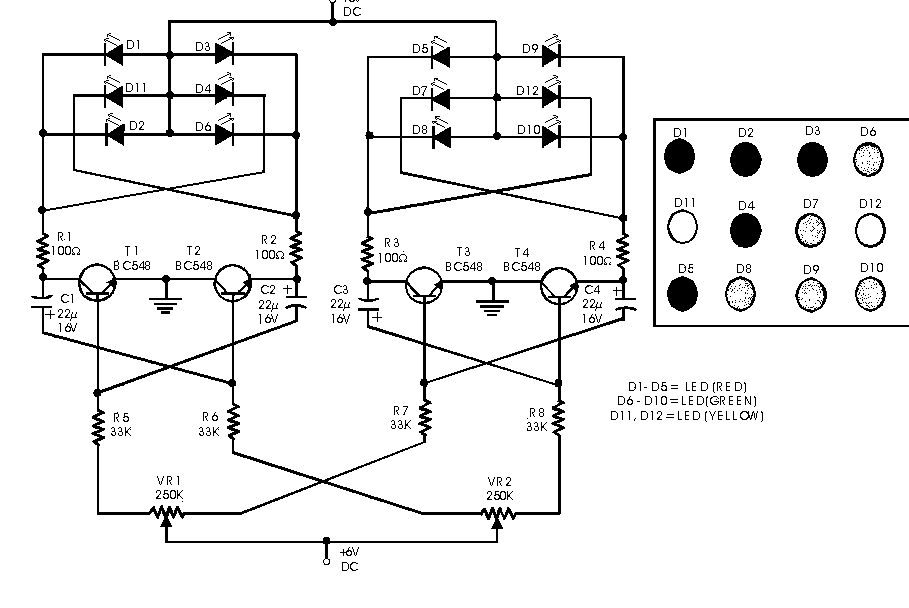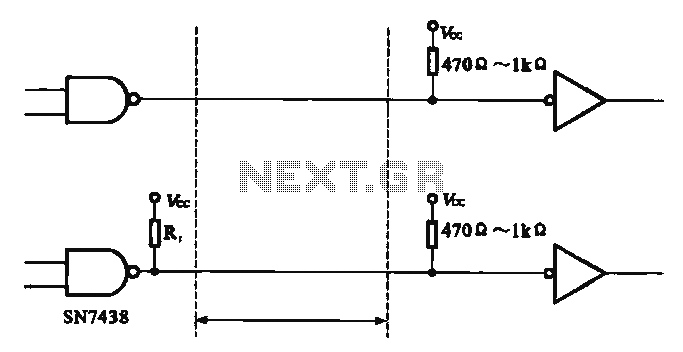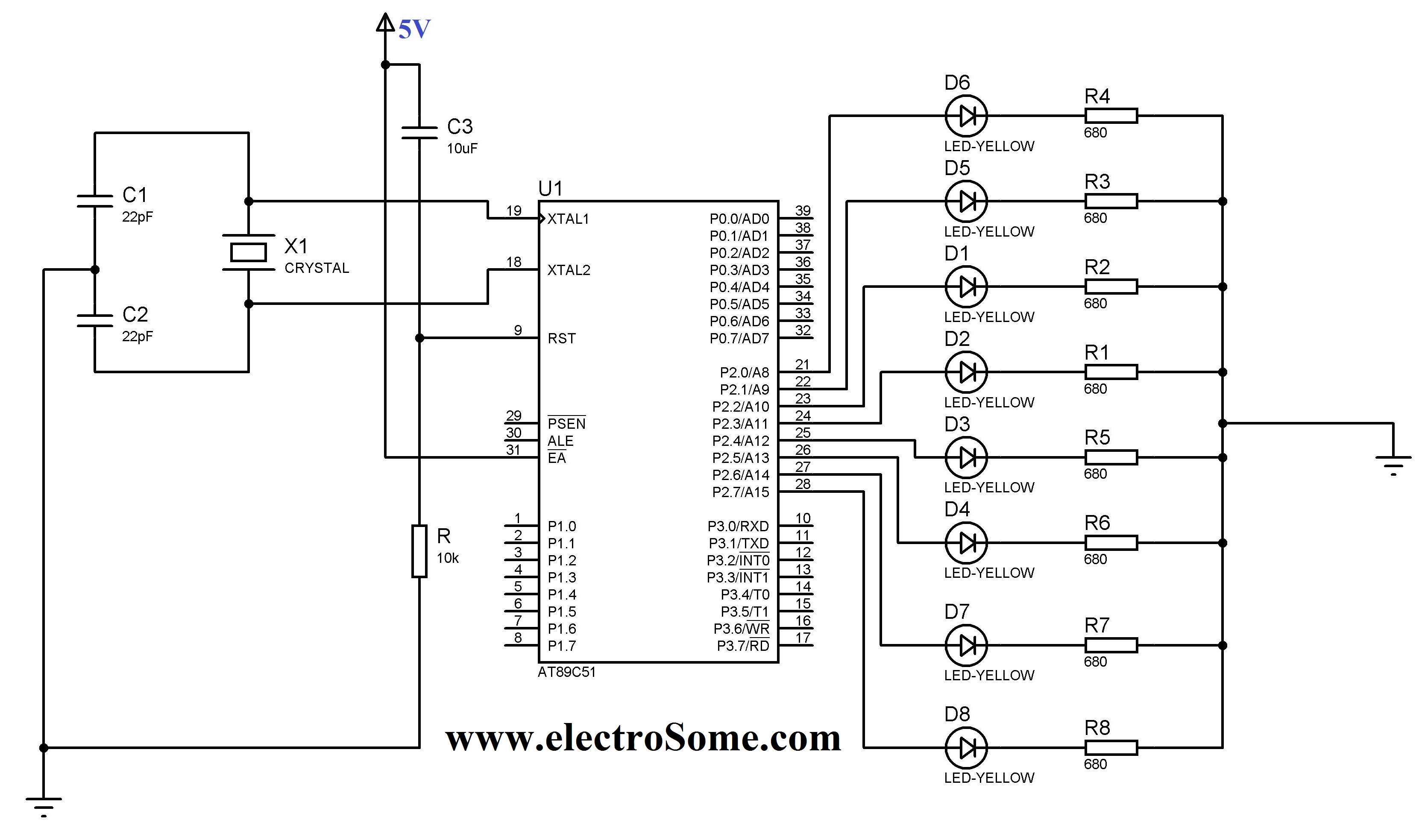
8051 Development System Circuit Board 3
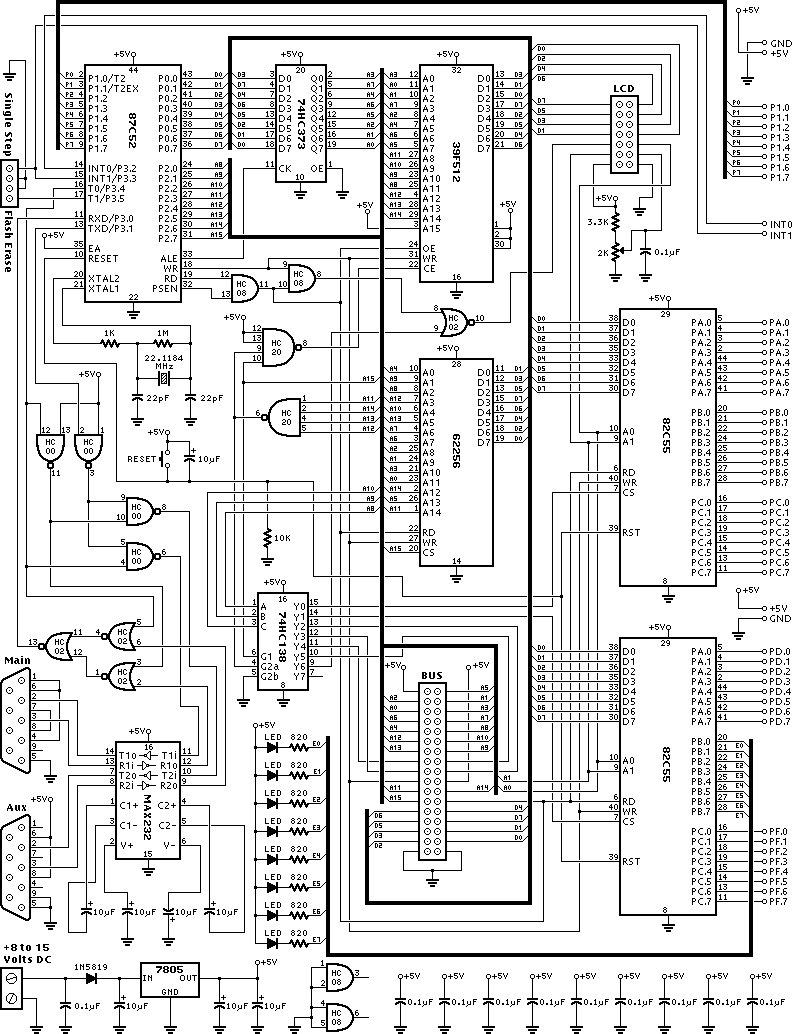
This schematic is provided with the intention of being useful, but it comes without any warranty, including implied warranties of merchantability or fitness for a particular purpose. The address bus in this schematic is connected in a unique manner, optimized for simplified point-to-point wiring and board layout. For those constructing the board using wire-wrap or hand-soldered point-to-point methods, this wiring scheme reduces clutter when the chips are positioned similarly to the layout on the printed circuit board. This unconventional address bus wiring is functional. The 74HC373 chip (U2) consists of eight identical flip-flops, allowing flexibility in which flip-flop is used for each line. The RAM (U3) and Flash ROM (U4) chips store data written by the 87C52 chip (U1), making the physical location within the chip irrelevant to the CPU's address space, as each read will return the same data previously written. Some users may find it "unnatural" to connect differently than the standard P0.0-D0-Q0-A0, P0.1-D1-Q1-A1, and so forth, but this configuration is effective. A historical example includes Steve Wozniak's innovative address bus connection scheme in the Apple II, which enabled automatic DRAM refresh through video refresh reads. By arranging the address pins uniquely, every video mode accessed each DRAM row multiple times per video refresh, eliminating the need for conventional DRAM refresh circuits. The MAX232 chip (U9) is depicted with capacitors C3, C4, C5, and C6 as 1 µF, although the board is typically constructed with 10 µF capacitors (as noted in the parts list). Both configurations are functional. C6 is connected to ground, while in the sample circuit within the datasheet, it is connected to Vcc; either connection is viable. This configuration allows charge-pump current flow through C8 and C10, while preventing coupling of the Vcc line to the V+ pin, which could introduce high-frequency digital switching noise relative to ground, despite the presence of capacitors C11-C17. The V+ pin connects via the MAX232 driver to the RS-232 cable. The primary concept is that certain logic chips connect to the upper address bits and assert chip select signals based on the memory range accessed by the processor. The A15 signal directly connects to the RAM, enabling it for addresses where A15 is low (0000 to 7FFF). Signals A11 to A14 are routed to a 4-input NAND gate, which outputs low when all four signals are high. The output of this gate, along with the A15 signal, feeds into another 4-input NAND gate and the 74HC138 chip. When A15 is high and any of A11 to A14 are low, the NAND gate drives the flash ROM chip select low, enabling it for the address range 8000 to F7FF. These two signals also connect to the G1 and G2a inputs of the 74HC138 chip, which only drives one of its outputs low when G1 is high and G2a is low, allowing it to drive one of its eight signals in the range of F800 to FFFF. The three address inputs to the 74HC138 connect to A8, A9, and A10, corresponding to a 256-byte range in the memory map for peripherals. Most chips are designed to connect directly to the bus; thus, it is sufficient to connect their address pins to the lower pins of the address bus, their data pins to the data bus, and their write and output enable pins to the WR and RD/PSEN signals. All chips receive these signals, but only the chip with a low signal on its chip select pin will communicate with the processor, while all other chips remain inactive. The 8051 microcontroller provides the address information before asserting RD, WR, or PSEN signals.
The schematic illustrates a well-structured design aimed at efficient communication between the microcontroller and various memory components. The unique address bus configuration allows for efficient wiring, reducing complexity in the layout. The use of the 74HC373 flip-flops facilitates the handling of multiple data lines without the need for extensive routing, as any of the identical flip-flops can be utilized interchangeably. The RAM and Flash ROM chips are seamlessly integrated into the system, allowing for flexible data storage and retrieval without concern for physical mapping, which is crucial for dynamic applications.
The MAX232 chip's role in converting TTL logic levels to RS-232 standards is critical for serial communication, and the choice of capacitor values provides flexibility while maintaining functionality. The design's attention to noise reduction through careful routing and decoupling strategies ensures reliable operation, especially in environments susceptible to interference.
The memory addressing scheme, utilizing NAND gates and the 74HC138 decoder, efficiently manages access to the RAM and Flash ROM, ensuring that the processor can communicate with the appropriate memory component based on the address signals. This method allows for organized memory access and peripheral management, a vital aspect of any embedded system.
Overall, the schematic represents a thoughtful integration of various components, balancing simplicity in construction with advanced functionality, suitable for a range of applications in electronics and embedded systems.This schematic is provided in the hope that it will be useful, but without any warranty, not even a warranty of merchantability or fitness for a particular purpose. The address bus in this schematic is connected in an unusual way, which is optimized for simpler point-to-point wiring and board layout.
For anyone building the board using wire-wrap o r hand soldered point to point construction, this wiring scheme makes for much less clutter in the wiring if the chips are positioned similarly to the layout on the printed circuit board. This unusual address bus wiring works. The 74HC373 chip (U2) is 8 identical flip-flops, so it does not matter which one is used for each line.
On the RAM (U3) and Flash ROM (U4) chips, all data that is stored in these chips is written by the 87C52 chip (U1), so it does not matter which physical location within the chip is mapped into each location within the CPU`s address space, because each read from these chips will return the same data that was written from a previous write. Some readers have felt that it`s "just not natural" to connect any other way than P0. 0-D0-Q0-A0, P0. 1-D1-Q1-A1, and so on, but it does indeed work. For a historic example, Woz used a very creative address bus connection scheme in the Apple ][ to automatically do DRAM refresh with his video refresh reads.
Because he arranged the address pins a certain unusual way, every video mode accessed each DRAM row several times per video refresh, so he didn`t need to add the cost and space of the usual DRAM refresh circuits (he interleaved video and cpu memory access, since the 6502 spends half its time not fetching anything). It works, and Apple sold millions of them! The MAX232 chip (U9) is shown with C3, C4, C5, and C6 as 1 µF, but the board is usually built with 10 µF capacitors (as shown in the parts list below).
Either will work. C6 is connected to ground. In the sample circuit within the datasheet, it is connected to Vcc. Either connection will work. This connection causes charge-pump current flow through C8 and C10, but it avoids coupling the Vcc line to the V+ pin (high frequency digital switching noise, relative to ground, despite C11-C17). The V+ pin is ultimately connected via the MAX232 driver to the RS-232 cable. The basic idea is that some logic chips connect to the upper address bits and they assert on of the chip select signals, depending on what memory range the processor is accessing.
The A15 signal goes directly to the RAM, so the RAM gets selected for all addresses where A15 is low (0000 to 7FFF). A11 to A14 go to a 4-input NAND gate. That gate outputs low when all four signals are high, and its output is low in all other cases. That gate and the A15 signal go to the other 4-input NAND gate and to the 74HC138 chip. When A15 is high, and any of A11 to A14 are low, the other 4-input NAND gate drives the flash rom chip select low.
That means the flash rom is enabled from the range 8000 to F7FF. Those same two signals also go to the 74HC138 chip`s G1 and G2a inputs. The 74HC138 only drives one of its outputs low when G1 is high and when G2a is low. That means the 74HC138 chip drives one of its 8 signals in the range of F800 to FFFF. The three address inputs to the 74HC138 are connected to A8, A9 and A10, so that each of those signals corresponds to a 256 byte range. If you follow where each one goes, you`ll see they correspond to the memory map for the periperals. Most of the chips are designed to connect directly to the bus, so all that`s needed is to connect their address pins to the lower pins of the address bus, their data pins to the data bus, and their write and output enable pins to the WR and RD/PSEN signals.
All the chips see all those signals, but only the chip that gets a low signal on its chip select pin will communicate with the processor. All the other chips remain silent. The 8051 provides the address information before it asserts RD, WR or P 🔗 External reference
The schematic illustrates a well-structured design aimed at efficient communication between the microcontroller and various memory components. The unique address bus configuration allows for efficient wiring, reducing complexity in the layout. The use of the 74HC373 flip-flops facilitates the handling of multiple data lines without the need for extensive routing, as any of the identical flip-flops can be utilized interchangeably. The RAM and Flash ROM chips are seamlessly integrated into the system, allowing for flexible data storage and retrieval without concern for physical mapping, which is crucial for dynamic applications.
The MAX232 chip's role in converting TTL logic levels to RS-232 standards is critical for serial communication, and the choice of capacitor values provides flexibility while maintaining functionality. The design's attention to noise reduction through careful routing and decoupling strategies ensures reliable operation, especially in environments susceptible to interference.
The memory addressing scheme, utilizing NAND gates and the 74HC138 decoder, efficiently manages access to the RAM and Flash ROM, ensuring that the processor can communicate with the appropriate memory component based on the address signals. This method allows for organized memory access and peripheral management, a vital aspect of any embedded system.
Overall, the schematic represents a thoughtful integration of various components, balancing simplicity in construction with advanced functionality, suitable for a range of applications in electronics and embedded systems.This schematic is provided in the hope that it will be useful, but without any warranty, not even a warranty of merchantability or fitness for a particular purpose. The address bus in this schematic is connected in an unusual way, which is optimized for simpler point-to-point wiring and board layout.
For anyone building the board using wire-wrap o r hand soldered point to point construction, this wiring scheme makes for much less clutter in the wiring if the chips are positioned similarly to the layout on the printed circuit board. This unusual address bus wiring works. The 74HC373 chip (U2) is 8 identical flip-flops, so it does not matter which one is used for each line.
On the RAM (U3) and Flash ROM (U4) chips, all data that is stored in these chips is written by the 87C52 chip (U1), so it does not matter which physical location within the chip is mapped into each location within the CPU`s address space, because each read from these chips will return the same data that was written from a previous write. Some readers have felt that it`s "just not natural" to connect any other way than P0. 0-D0-Q0-A0, P0. 1-D1-Q1-A1, and so on, but it does indeed work. For a historic example, Woz used a very creative address bus connection scheme in the Apple ][ to automatically do DRAM refresh with his video refresh reads.
Because he arranged the address pins a certain unusual way, every video mode accessed each DRAM row several times per video refresh, so he didn`t need to add the cost and space of the usual DRAM refresh circuits (he interleaved video and cpu memory access, since the 6502 spends half its time not fetching anything). It works, and Apple sold millions of them! The MAX232 chip (U9) is shown with C3, C4, C5, and C6 as 1 µF, but the board is usually built with 10 µF capacitors (as shown in the parts list below).
Either will work. C6 is connected to ground. In the sample circuit within the datasheet, it is connected to Vcc. Either connection will work. This connection causes charge-pump current flow through C8 and C10, but it avoids coupling the Vcc line to the V+ pin (high frequency digital switching noise, relative to ground, despite C11-C17). The V+ pin is ultimately connected via the MAX232 driver to the RS-232 cable. The basic idea is that some logic chips connect to the upper address bits and they assert on of the chip select signals, depending on what memory range the processor is accessing.
The A15 signal goes directly to the RAM, so the RAM gets selected for all addresses where A15 is low (0000 to 7FFF). A11 to A14 go to a 4-input NAND gate. That gate outputs low when all four signals are high, and its output is low in all other cases. That gate and the A15 signal go to the other 4-input NAND gate and to the 74HC138 chip. When A15 is high, and any of A11 to A14 are low, the other 4-input NAND gate drives the flash rom chip select low.
That means the flash rom is enabled from the range 8000 to F7FF. Those same two signals also go to the 74HC138 chip`s G1 and G2a inputs. The 74HC138 only drives one of its outputs low when G1 is high and when G2a is low. That means the 74HC138 chip drives one of its 8 signals in the range of F800 to FFFF. The three address inputs to the 74HC138 are connected to A8, A9 and A10, so that each of those signals corresponds to a 256 byte range. If you follow where each one goes, you`ll see they correspond to the memory map for the periperals. Most of the chips are designed to connect directly to the bus, so all that`s needed is to connect their address pins to the lower pins of the address bus, their data pins to the data bus, and their write and output enable pins to the WR and RD/PSEN signals.
All the chips see all those signals, but only the chip that gets a low signal on its chip select pin will communicate with the processor. All the other chips remain silent. The 8051 provides the address information before it asserts RD, WR or P 🔗 External reference
Warning: include(partials/cookie-banner.php): Failed to open stream: Permission denied in /var/www/html/nextgr/view-circuit.php on line 713
Warning: include(): Failed opening 'partials/cookie-banner.php' for inclusion (include_path='.:/usr/share/php') in /var/www/html/nextgr/view-circuit.php on line 713
